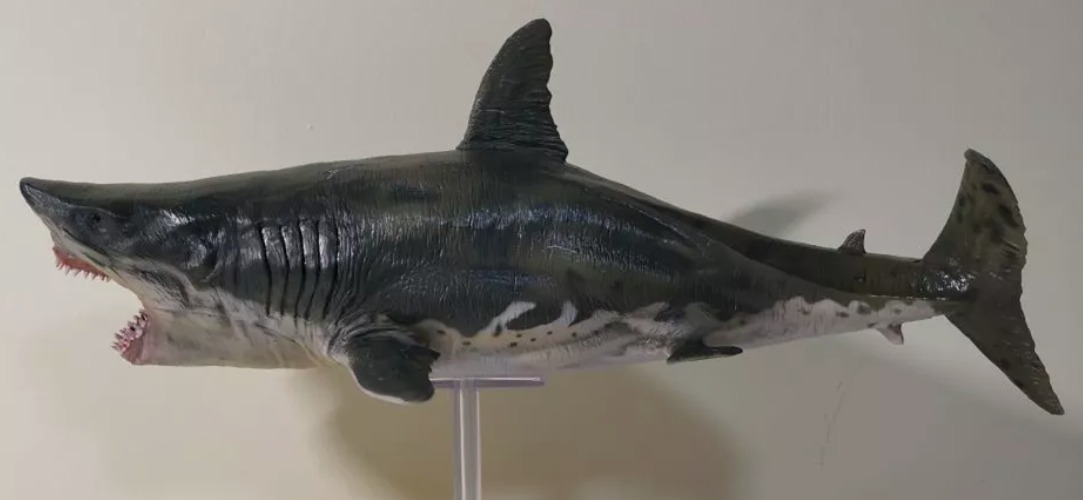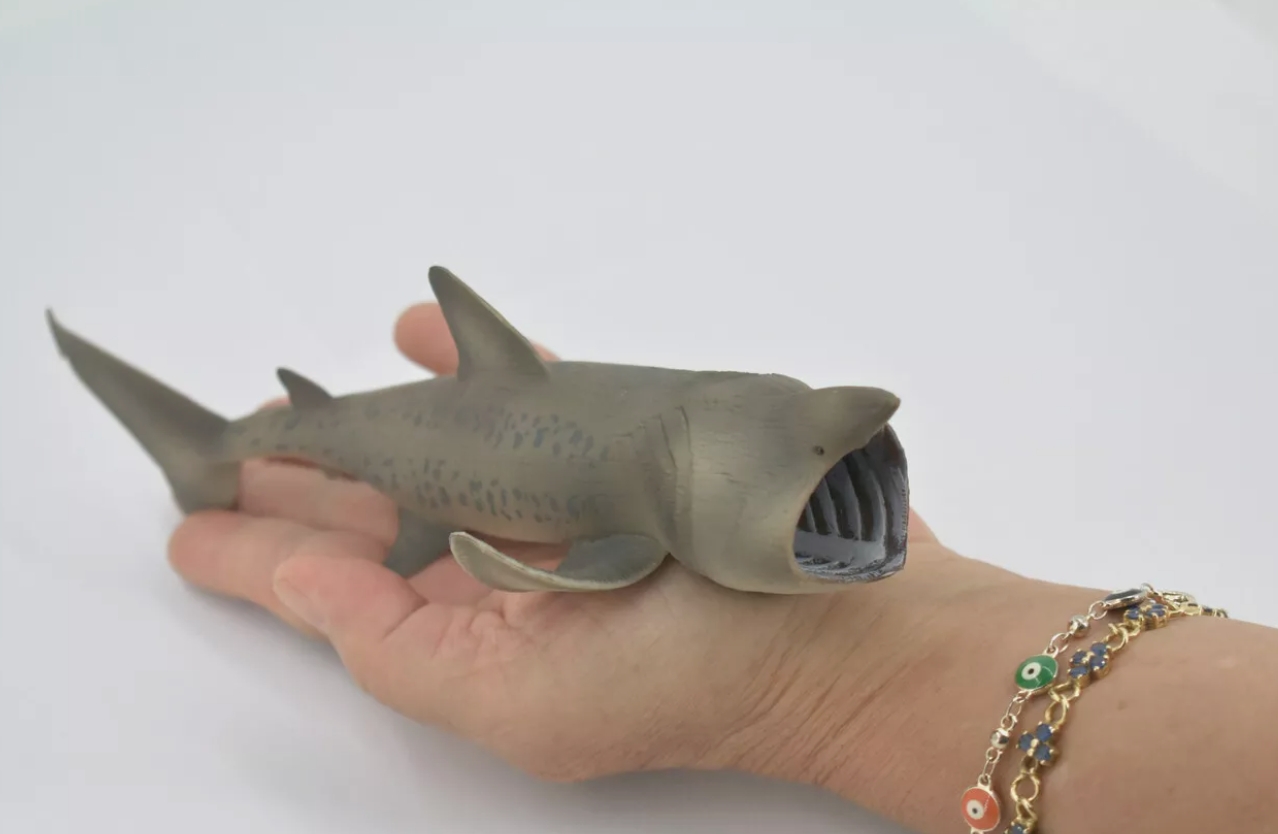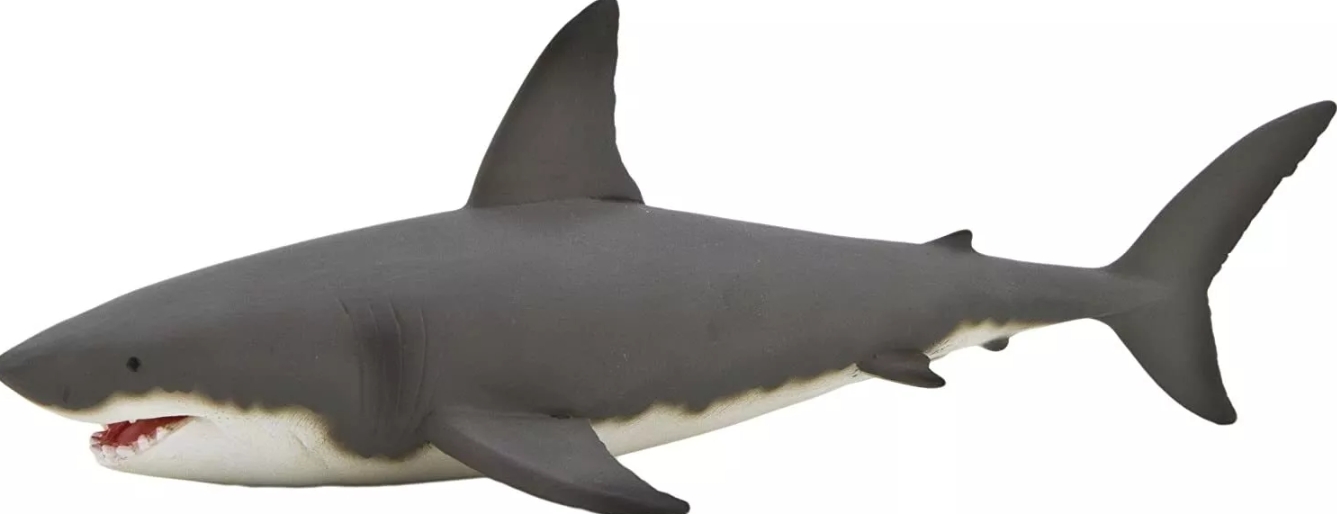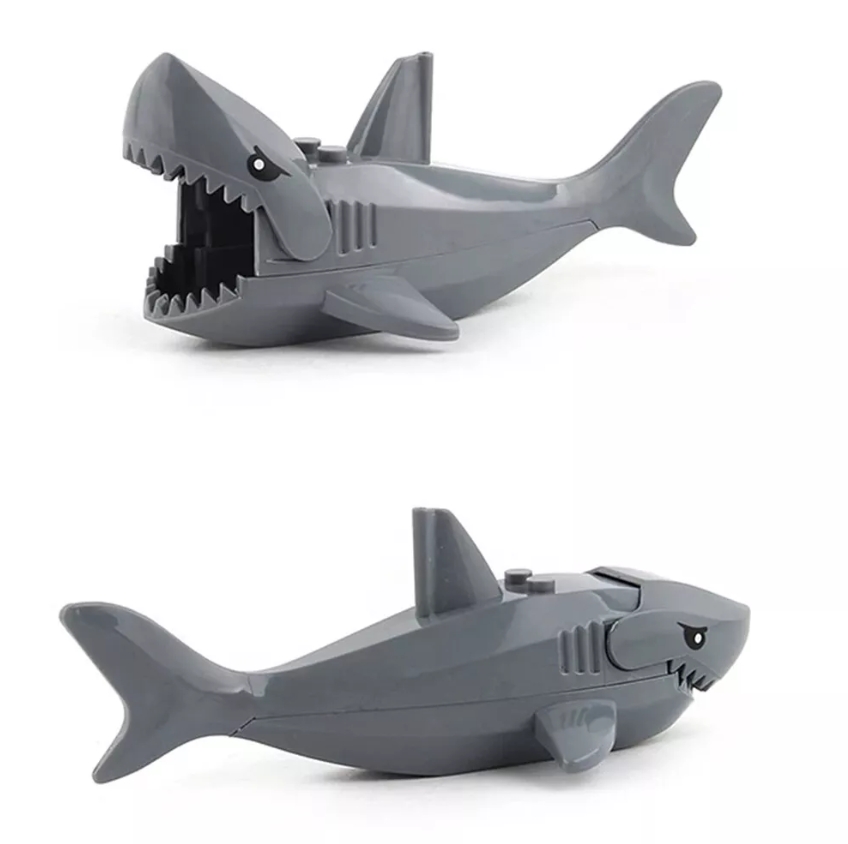Shark model is a mathematical and computational model widely used in many fields, especially in ecology, economics and fluid mechanics. Its design is inspired by the survival and feeding habits of sharks, and can help researchers understand population dynamics and resource allocation by simulating complex interactions between sharks and their prey.
In ecology, shark models are primarily used to describe predator-prey interactions. Models typically include two basic parameters: the rate of predator growth and the number of prey. The model uses simple equations to derive how predator and prey populations change over time. For example, when prey resources are abundant,the number of predators tends to increase,and when there are too many predators,the number of prey will be suppressed, and eventually the number of predators will also decline. Such a dynamic balance helps researchers predict the stability of ecosystems and their response to external disturbances.
Moreover, the shark model has shown its usefulness in economics. In a market economy, sharks can be seen as competitors,while prey represents resources or products in the market. This model can describe the market dynamics caused by resource competition among competitors. By simulating and analyzing the behavior of market participants, decision makers can develop more effective market strategies and understand how markets adjust in response to interest.
In fluid mechanics,the idea of the shark model has also been introduced to simulate the behavior of objects moving in a fluid. The shark's streamlined body design provides a reference for fluid flow,and researchers can use this model to optimize fluid flow characteristics and improve efficiency in a variety of engineering applications.
In general, the shark model is not only an abstract mathematical tool,its application in many fields makes it not only theoretical significance,but also practical application value.




